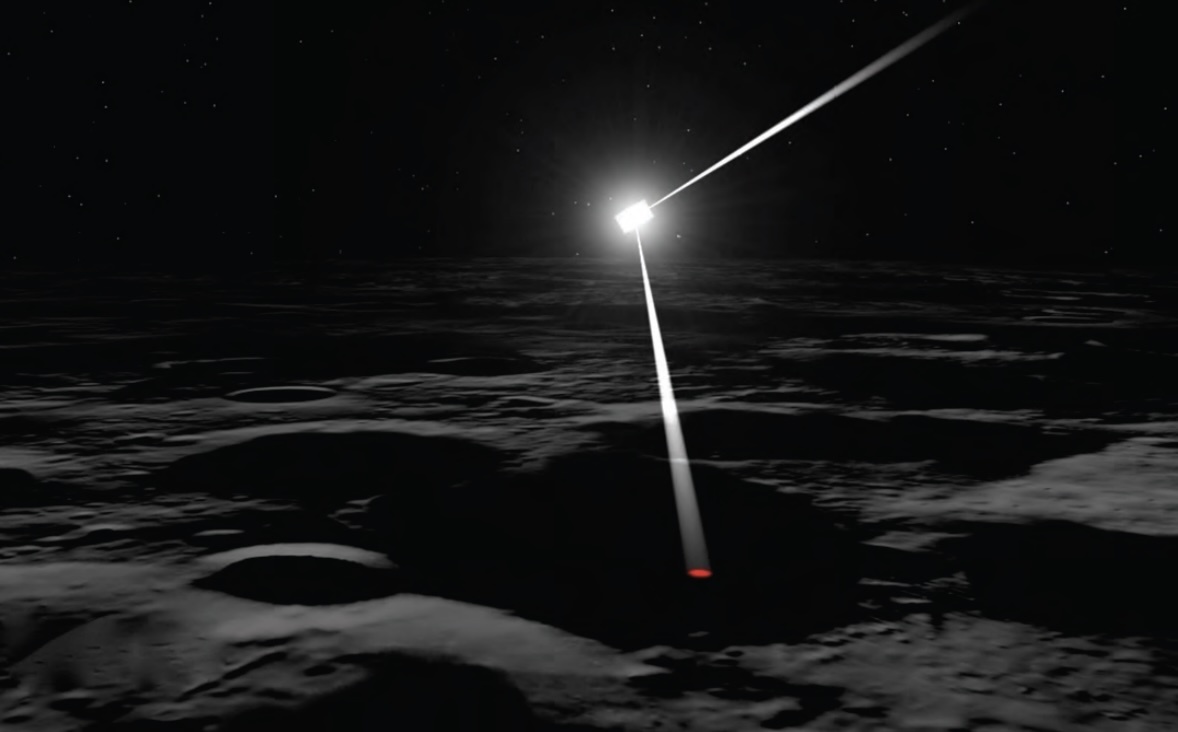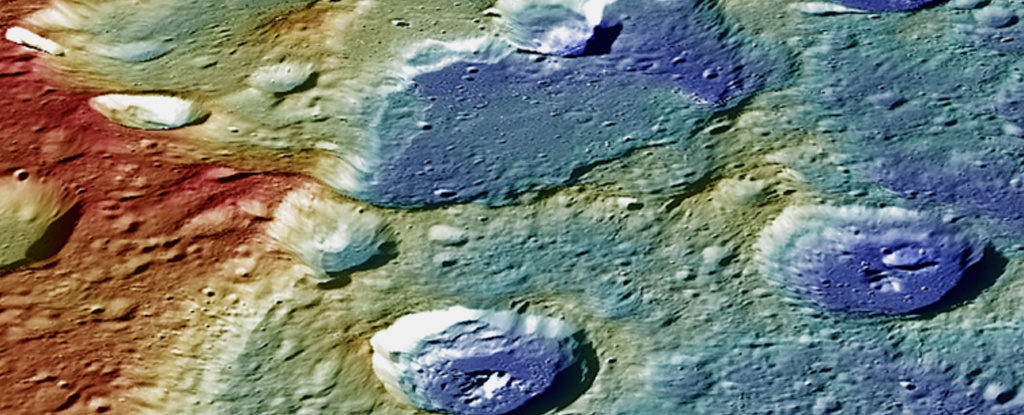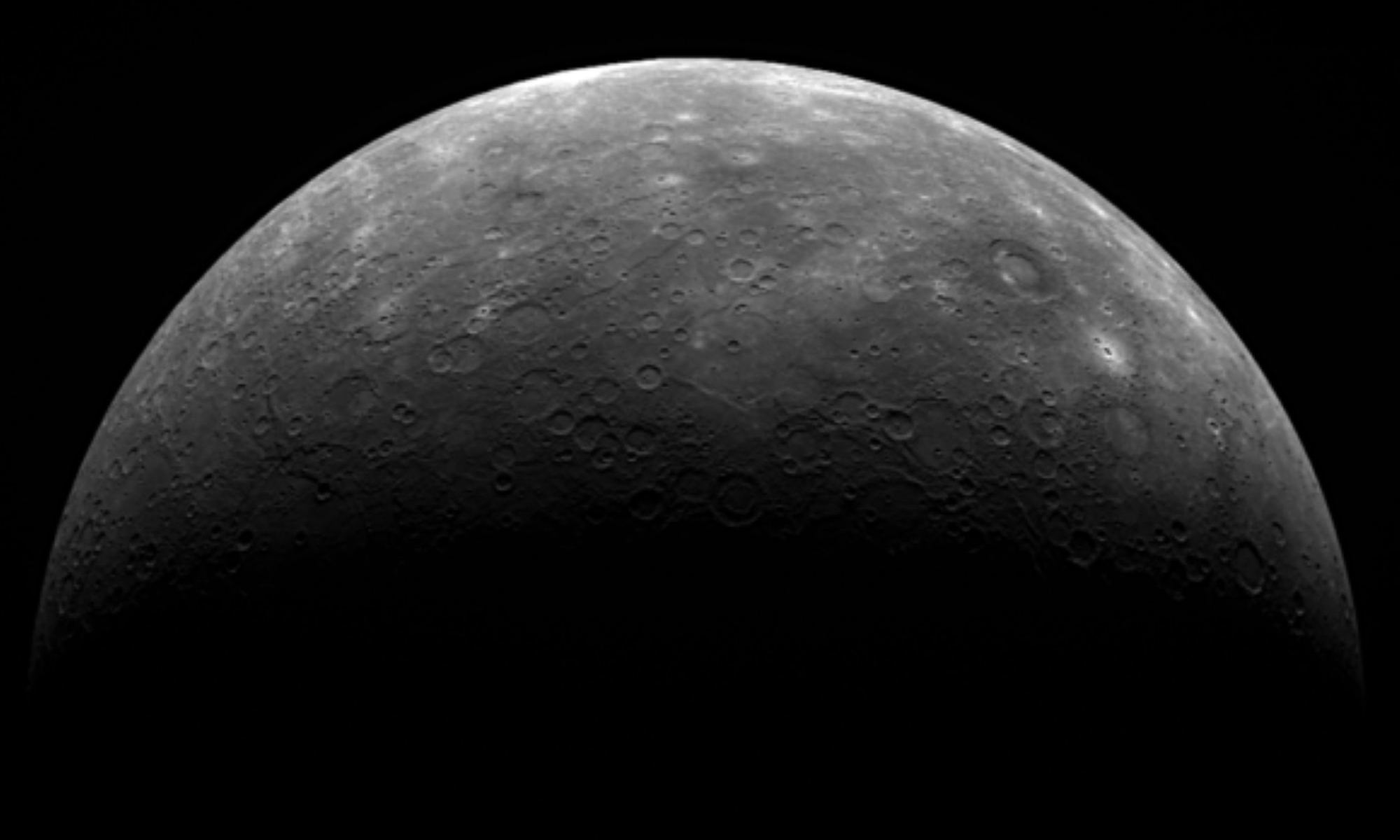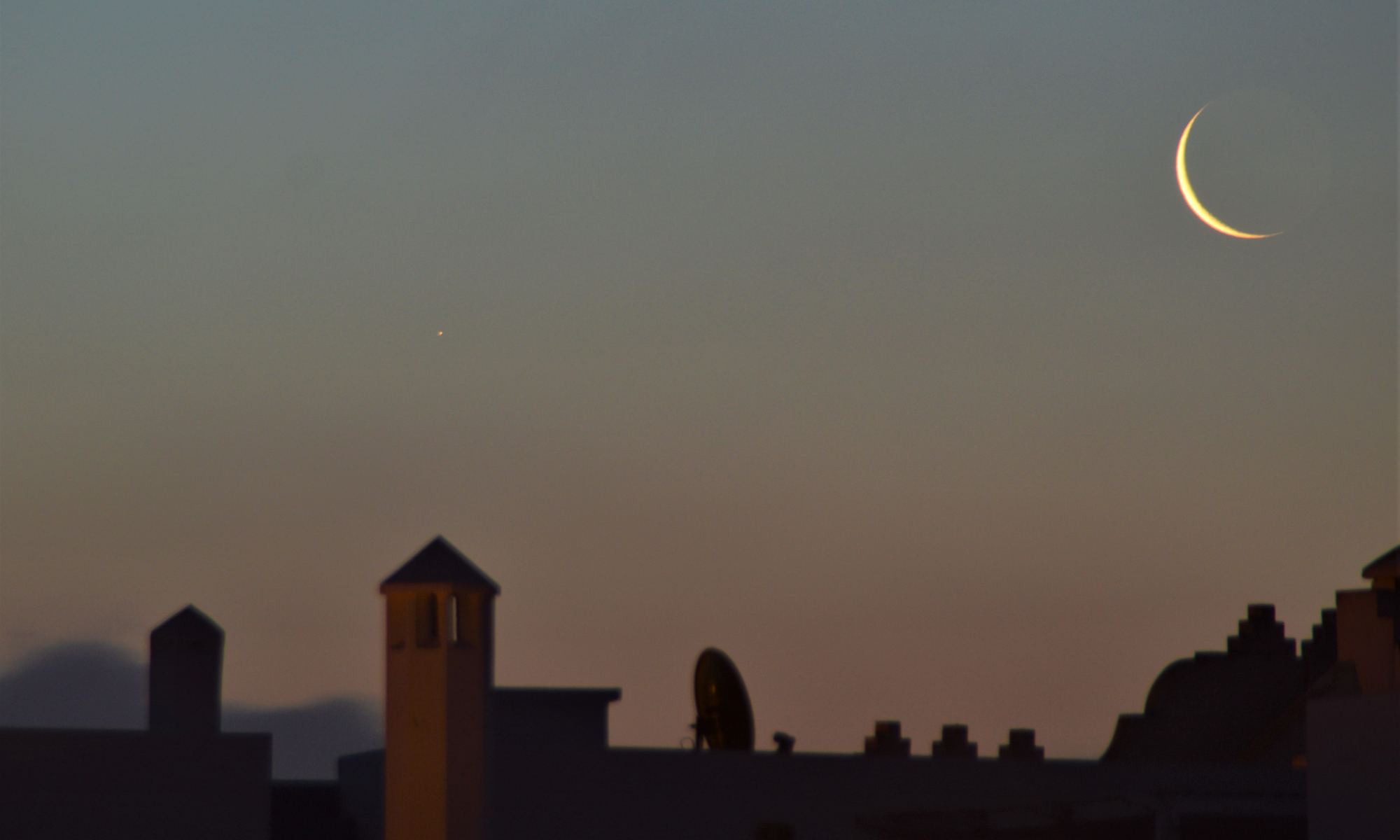Solar sails rely upon pressure exerted by sunlight on large surfaces. Get the sail closer to the Sun and not surprisingly efficiency increases. A proposed new mission called Mercury Scout aims to take advantage of this to explore Mercury. The mission will map the Mercurian surface down to a resolution of 1 meter and, using the highly reflective sail surface to illuminate shadowed craters, could hunt for water deposits.
Continue reading “Mercury is the Perfect Destination for a Solar Sail”Perseverance Sees Phobos, Deimos and Mercury Passing in Front of the Sun
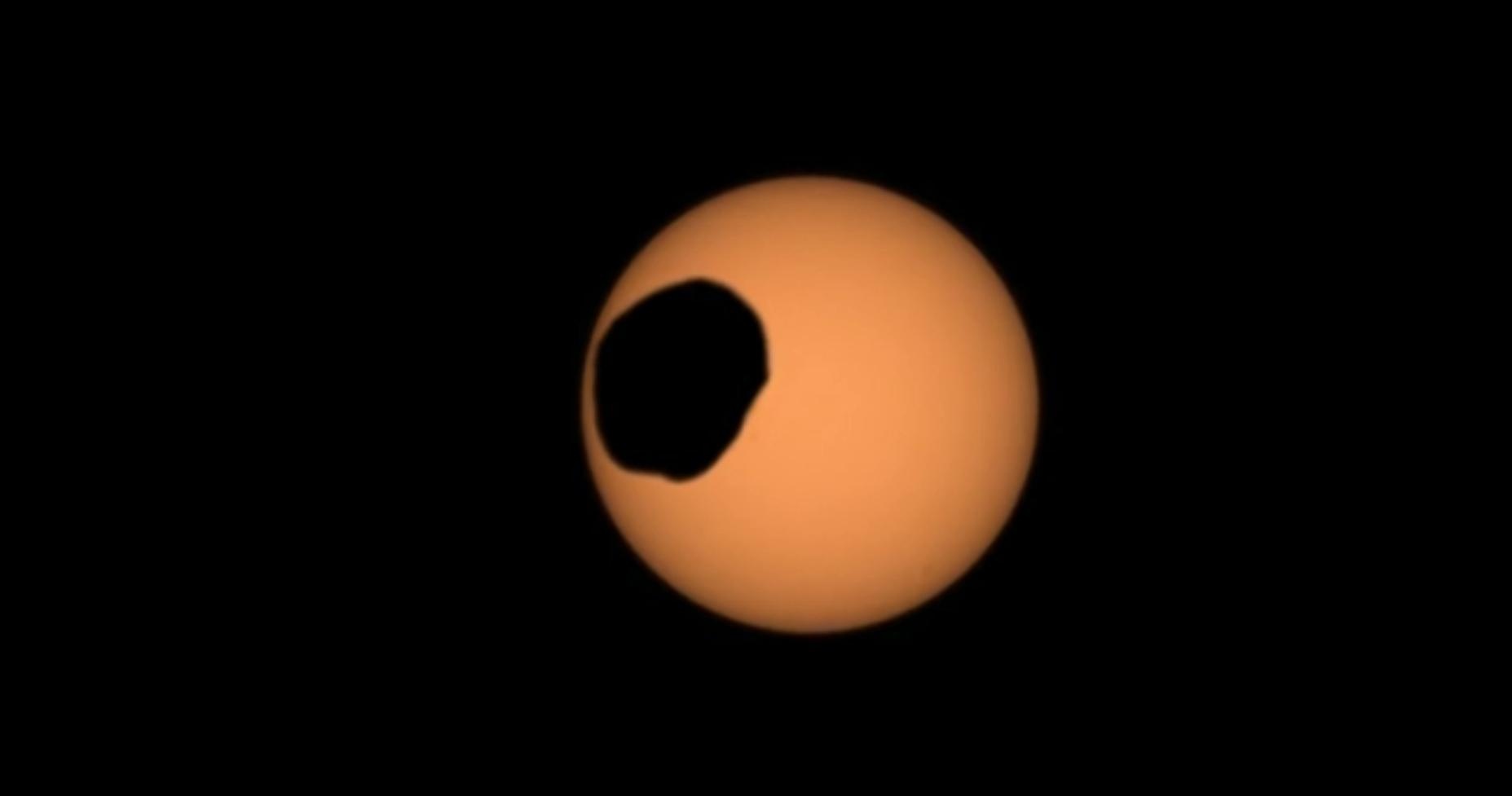
NASA’s Perseverance rover is busy exploring the Martian surface and collecting samples for eventual return to Earth. But the rover recently took some time to gaze upward and observe the heavens. Using Mastcam-Z, the rover’s primary science camera, Perseverance captured Phobos, Deimos, and Mercury as they transited in front of the Sun.
Continue reading “Perseverance Sees Phobos, Deimos and Mercury Passing in Front of the Sun”Iron Snow Could Explain the Magnetic Fields at Worlds Like Ganymede
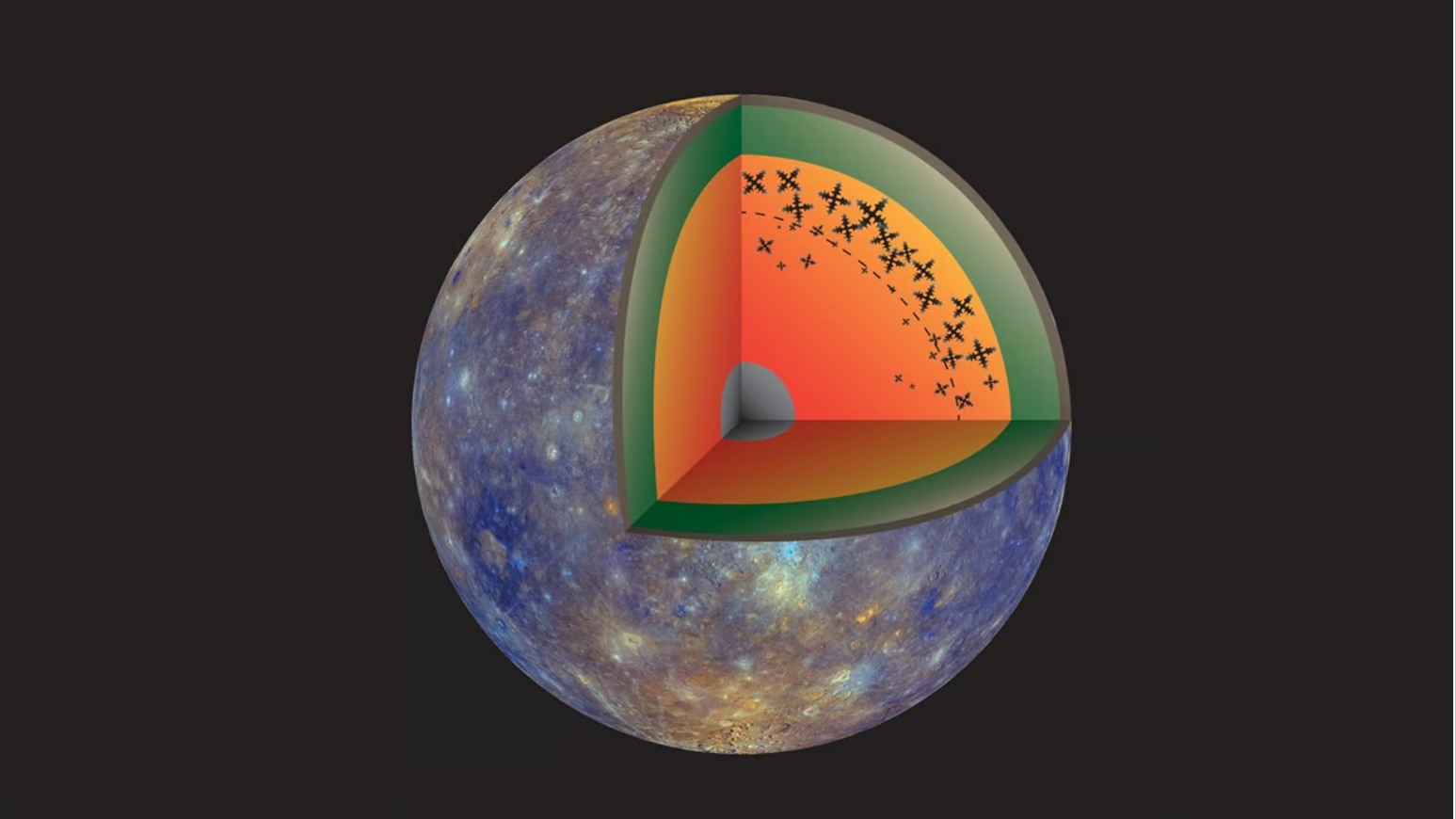
Jupiter’s largest moon, Ganymede, features a surprisingly strong magnetic field for its size. Tidal effects from Jupiter continually stretch and squeeze the moon, keeping its core warm and driving the magnetic field. But the exact geological processes occurring within the core are not fully understood. Now, a new experimental study has put one of the leading models of core dynamics to the test: the formation of crystalized ‘iron snow’.
Continue reading “Iron Snow Could Explain the Magnetic Fields at Worlds Like Ganymede”There Were Glaciers… on Mercury?

I have lost count of how many times I have given public lectures and explained the temperature differences between Mercury and Venus. How Mercury, surprisingly isn’t the hottest planet in the Solar System and how that badge goes to Venus, thick atmosphere blah blah blah. Mercury and its complex surface geology does of course get a good chunk of time but a recent paper has rather caught my attention and turned what I thought I knew about Mercury on its head! In short, a team of scientists have announced evidence for salt glaciers on Mercury!
Continue reading “There Were Glaciers… on Mercury?”Mercury is Still Shrinking
Mercury is considered a scorching, barren landscape that would literally melt your face off if you were standing on it in full sunlight. But scientists have also known for a long time that it was shrinking…because it was cold. New research based on distinct features in Mercury’s geography suggests that it might continue to do so even today.
Continue reading “Mercury is Still Shrinking”This Exoplanet is Probably a Solid Ball of Metal

We can’t understand nature without understanding its range. That’s apparent in exoplanet science and in our theories of planetary formation. Nature’s outliers and oddballs put pressure on our models and motivate scientists to dig deeper.
Continue reading “This Exoplanet is Probably a Solid Ball of Metal”BepiColumbo Makes its Third Flyby of Mercury, Seeing the Planet's Night Side
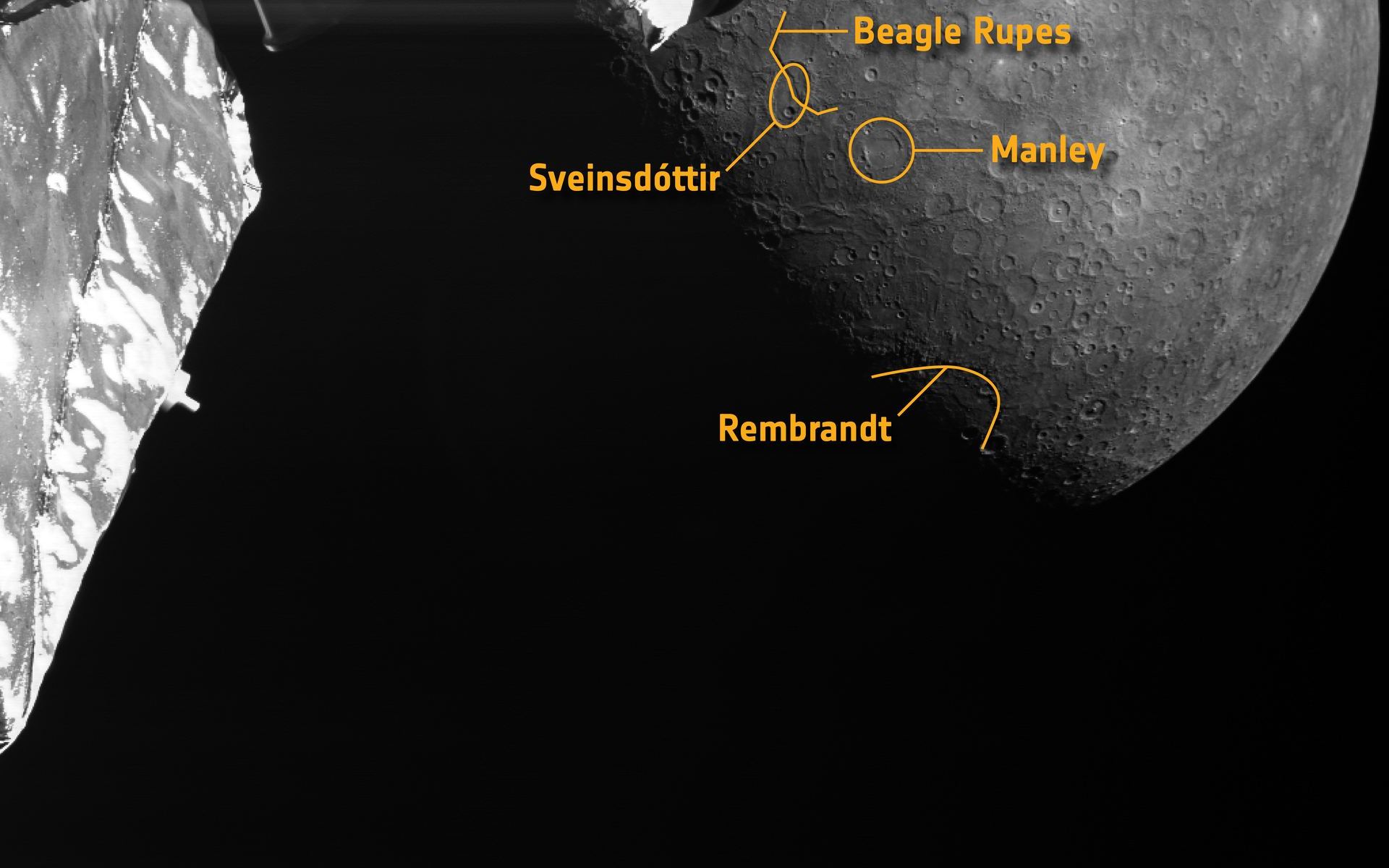
ESA’s BepiColumbo continues its journey to Mercury by making another flyby … of Mercury! This is the third of six planned flybys of its destination planet, each of which gives the spacecraft a gravitational deceleration. Eventually, it’ll slow down enough to go into its final operational orbit.
In the most recent flyby on June 19, 2023, the spacecraft sped past the planet’s night side and took a series of images from 236 km (145 miles) above Mercury’s surface. From these 217 images, the BepiColumbo team created a movie of the flyby, which includes a 3D scene.
Continue reading “BepiColumbo Makes its Third Flyby of Mercury, Seeing the Planet's Night Side”ESA’s Solar Orbiter Spies a Transit of Mercury
Solar Orbiter’s unique vantage point recently allowed researchers to make a crucial observation of the solar system’s innermost world.
You never know when a chance for some extra space science will present itself. Recently, European Space Agency (ESA) mission controllers had just such a chance, when the planet Mercury passed in front of our host star as seen from the Solar Orbiter’s point of view in space.
Continue reading “ESA’s Solar Orbiter Spies a Transit of Mercury”Even Mercury has Geomagnetic Storms
Can other planets have geomagnetic storms, even if their magnetosphere is weak and they don’t have an ionosphere like Earth? This question has now been answered, according to research done by a team of scientists in the United States, Canada, and China.
The research team found evidence that Mercury has a ring current, part of a magnetosphere, consisting of charged particles flowing laterally in a doughnut shape around the planet but that excludes the poles. This evidence came from data obtained from the Messenger space probe while it was dropping towards the planet at the end of its mission on April 14, 2015.
Continue reading “Even Mercury has Geomagnetic Storms”There are Deposits of ice at Mercury's Poles too
Although the Arecibo radio telescope is no more, it continues to deliver scientific discoveries. There is a wealth of Arecibo data astronomers continue to mine for new discoveries, and one of them is thanks to an astronomical technique known as planetary radar.
Continue reading “There are Deposits of ice at Mercury's Poles too”
